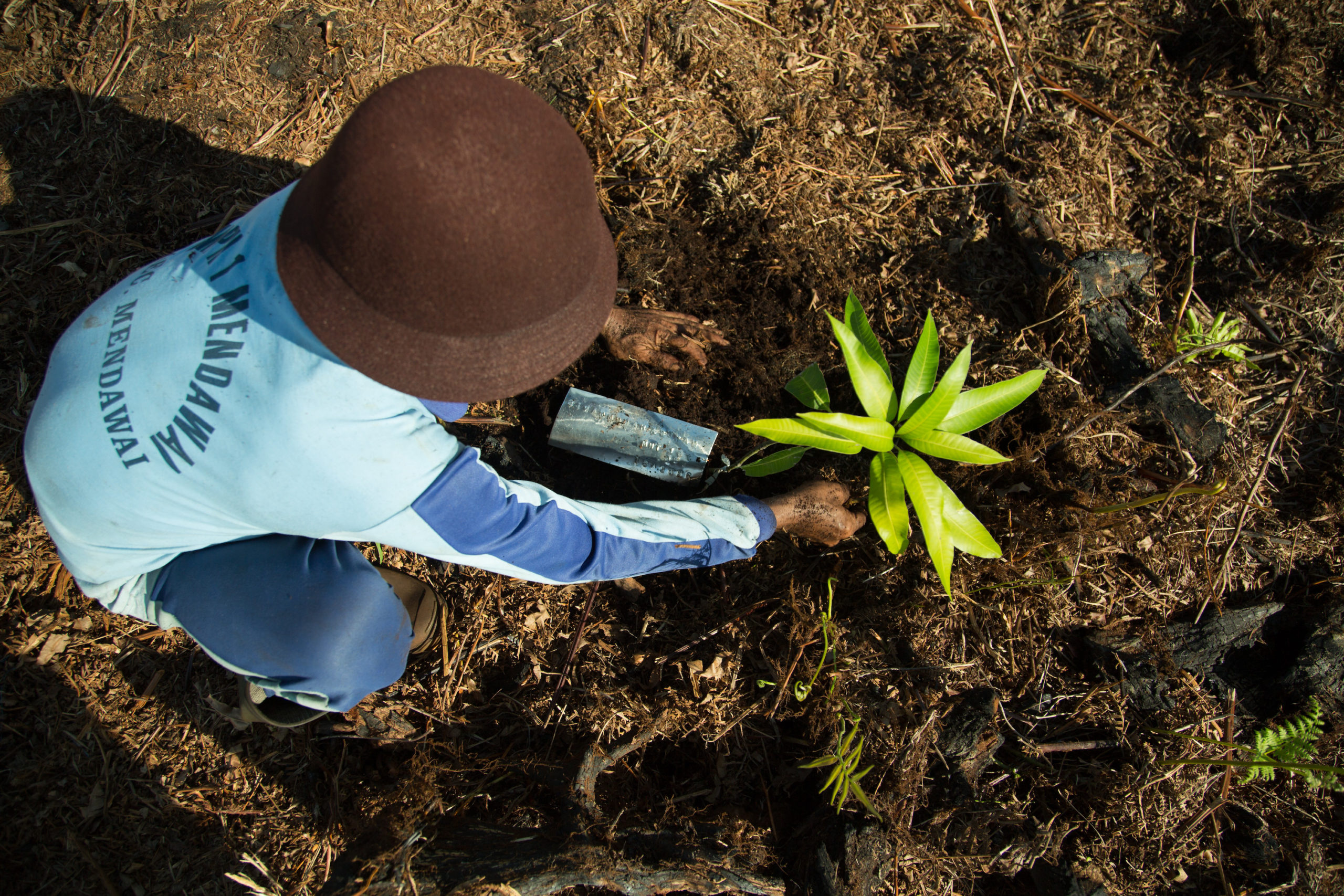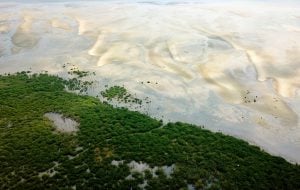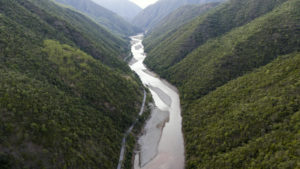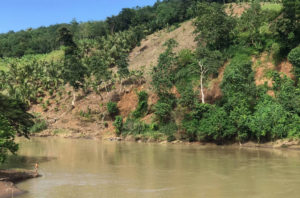Success at COP15, the UN biodiversity conference next year, will depend on how well biodiversity, climate and human rights considerations are integrated into the new global deal for nature, a recent webinar heard.
The webinar was hosted in late October by China Dialogue and the Raoul Wallenberg Institute of Human Rights and Humanitarian Law – coinciding with when final negotiations on a post-2020 agreement on biodiversity would have begun had they not been delayed by the Covid-19 pandemic.
Over four sessions, experts discussed progress at the talks so far, the synergies between action on biodiversity and climate, environmental rights and justice, and China’s role as the president of the COP.
There are many areas in which biodiversity and climate action overlap, according to the UK Department for Environment, Food and Rural Affairs (Defra). As host of next year’s COP26 global climate change negotiations, the UK has already pledged to put nature at the heart of the climate debate.
“Nature-based solutions could provide up to a third of the cost-effective climate mitigation by 2030 while helping people become more resilient, yet they are poorly reflected in most climate finance spending,” the speaker from Defra said.
An ambitious biodiversity framework will not drive the changes needed alone – the UK believes that successful implementation, particularly regarding financial resources, and transparent reporting and review mechanisms, will be necessary to deliver the actions parties sign up to, she said. The UK government has doubled its climate finance to £11.6 billion over five years and earmarked a “significant share” to be spent on nature, she added.
Human and nature rights
Many speakers also saw the need for human rights issues to be considered alongside biodiversity and climate to ensure that protection of both was successful. David Boyd, UN special rapporteur on human rights and environment, said that though the UN Framework Convention on Climate Change was launched in 1982 and the Convention on Biological Diversity in 1992, both climate change and the decline in biodiversity had worsened.
“I believe that’s because at the Achilles’ heel of international environmental law is the lack of adequate enforcement mechanisms. And that’s where human rights have such strength because they bring the potential for accountability at the national, regional and global level,” he said.
Parties to the CBD remain reluctant to refer to human rights, just as they were reluctant to refer to climate changeGadir Lavadenz, global coordinator the CBD Alliance
Globally, court decisions were demonstrating a deep connection between human rights and biological diversity, such as a ruling by the Supreme Court of Mexico to block a tourism development that would have destroyed a mangrove ecosystem on the grounds that it was a violation of the constitutional right to a healthy environment.
Tension and challenges
However, speakers pointed out challenges in integrating work across these agendas. Ruth Davis, deputy director of policy at UK environmental campaign group the RSPB pointed out that while there were significant opportunities to integrate nature and climate through COP15 and COP26, there was sometimes tension, and even “mutual suspicion” between the two agendas.
For example, the nature community had felt that climate change received all the attention, while the climate community feared that the nature agenda was more driven by wildlife conservation than by people.
China, the US, UK, Japan
are among the UN member nations who have not yet formally recognised the right to live in a safe, clean, healthy and sustainable environment
“We need to break down those barriers in really serious ways now. My sense is that there’s a really deep understanding in the climate community that the 1.5C target is out of reach without efforts to protect intact ecosystems in particular, and that the net zero goal is heavily reliant on some kind of sequestration,” she said. Overall, things were shifting in a “significant and valuable way,” she said.
Li Shuo, senior global policy advisor on climate, biodiversity and ocean at Greenpeace East Asia pointed out that the COPs were very much dependent on each other for success. Coordinating them to push the synergy between protection of biodiversity and climate would be very important, he said.
Integration nervousness
There was “nervousness” from some countries around the term “nature-based solutions” within the CBD. Some prefer to refer to “ecosystem-based approaches”. The speaker from Defra said: “There’s nervousness when we try to bring climate and biodiversity agendas together because some countries worry that we’re going to start treading on each other’s toes.”
Discussions around human rights were experiencing similar issues, according to Gadir Lavadenz, global coordinator at civil society organisation network the CBD Alliance. The draft global deal for nature needs to explicitly recognise human rights, he said.
Lavadenz noted that the CBD’s report on the progress on the Aichi biodiversity targets, Global Biodiversity Outlook 5, contained concrete examples of how rights-based approaches could support biodiversity, such as a policy introduced in Belize to reduce overfishing and improve marine biodiversity while improving livelihoods by restricting the use of fisheries to traditional users.
Parties to the CBD remain reluctant to refer to human rights, just as they were reluctant to refer to climate change, he said.
Boyd pointed out that 156 out of 193 member nations of the UN had recognised the right to live in a safe, clean, healthy and sustainable environment, but that those who do not include large and powerful countries such as China, the US, UK and Japan. A UN resolution should be drawn up to encourage all member nations to recognise this right, which would then catalyse legislative changes to implement it.
China’s role
Panellists at the webinar also discussed China’s role in a successful deal for nature at Kunming, with several seeing a strong opportunity for China to lead by example. It has several flagship biodiversity policies, including ecological conservation red lines – a land-use planning strategy that protects up to 28% of land for nature, and the concept of ecological civilization, which is embedded in its constitution, noted Guido Schmidt-Traub, executive director of the UN Sustainable Development Solutions Network. The government’s commitment to carbon neutrality by 2060 was also a significant opportunity for the implementation of nature-based solutions, he said.
Ahead of COP15, China should integrate these policies into its climate and biodiversity strategies, which would send a “very powerful signal” without putting any pressure on other countries, in line with its non-interference principle, he added.








![Official figures state around 73.5% of the Madhupur Saal Forest land had been converted to different commercial purposes. The lucrative profit of mono-crop cultivation has led people to clear forest lands for banana and pineapple cultivation [image by: Prakash Bhuyan]](https://dialogue.earth/content/uploads/2020/11/13-300x240.jpg)
